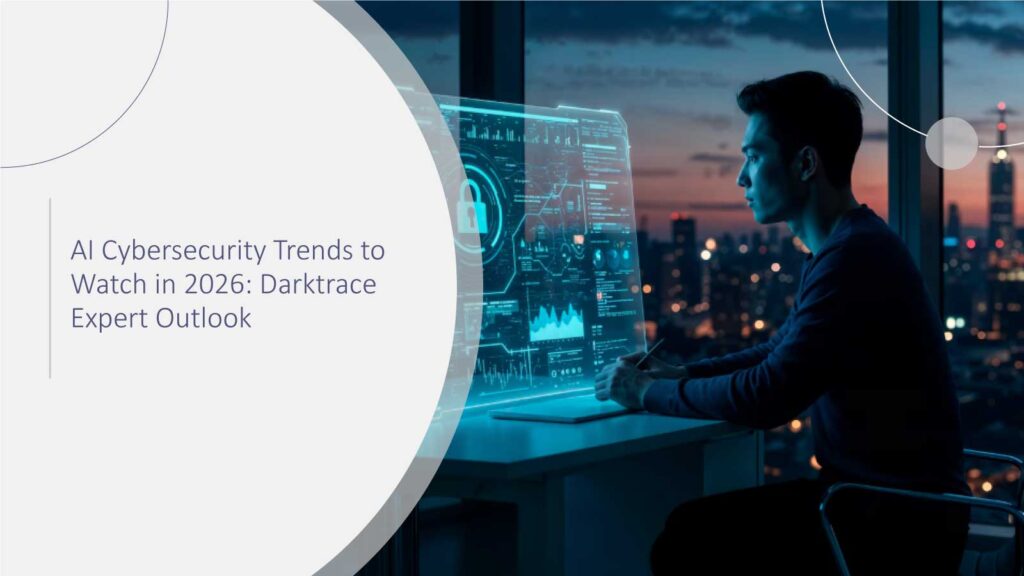imPAC Labs and BigID developed an integrated data-centric cloud security offering in a significant step to improve management of evolving cloud risk. Announced on July 31, 2025, the integration will also give Security, DevOps, and compliance teams a far deeper understanding of sensitive data discovery, real-time risk scoring, automatic remediation, and audit-ready compliance and visibility controls across multi-cloud deployments.
What It Means From Infrastructure Hygiene to Data-First Security:
Cloud security tooling has historically focused on infrastructure misconfigurations, Open ports, and also misconfigured buckets. Without context or understanding of how valuable or sensitive the data contained in those resources might be. imPAC Labs provides a control plane for continuous, infrastructure-level visibility and eventually automated enforcement. BigID brings data intelligence via machine learning powered data discovery and classification of data. Data like PII, PHI, financial records, and trade secrets.
This integration signifies something new, where you connect the sensitivity of data to the state of the public cloud, allowing risk scoring and remediation based on the most important consideration – sensitive data at risk, not configuration errors.
A Unified Approach to Data Intelligence and Cloud Controls
Here Comes Continuous Data Discovery and Classification. So, BigID automatically catalogs data assets, using NLP and ML models to identify sensitive data and partially regulated data. imPAC ingests this metadata to expose hidden cloud exposures.
- High-Fidelity Risk Scoring: imPAC’s engine now classifies misconfigurations into high, medium, and low-value risk priorities by integrating BigID data classification context into its scoring model. Additionally, highlight alerts that reveal high-value risk data such as GDPR and privacy-protected PII, while ignoring the lower risk misconfigurations.
- Automated, Data-Aware Remediation: With imPAC’s Compose automation engine and prebuilt Playbooks, teams can execute actions such as encrypting storage, shutting off access, or isolating resources based on data sensitivity signals from BigID. Automated Actions & Reduced Hedcount
For example, BigID identifies PHI in an unprotected, open S3 bucket. Instead of producing a low-value noise alert, imPAC instantly elevates the issue through its remote cloud function and initiates the remediation playbook to lock down access or require encryption, depending on policy definitions. The result is faster risk containment, less manual effort, with less noise from the vendors that surface lower value alerts.
Compliance Assurance with Audit‑Ready Evidence
This integration relies on continuous compliance:
- Regulatory Tagging: BigID tags data and data flow against frameworks such as GDPR, HIPAA, and PCI DSS, which gives context to enforce against.
- Time‑Machine Traceability: imPAC’s Time Machine captures your configuration changes over time; coupled with contextually mapped data from BigID, organizations get end-to-end visibility. Tracking who accessed what data, when, and against which policy enforcement, creates a foolproof, auditable trail without manual tracking.
This reduces audit friction and provides compliance teams with built-in evidence aligned with risk‑based governance metrics.
Benefits for Enterprise Security and DevOps Teams
1. Context-Rich Threat Prioritization
Combining BigID’s data sensitivity labels with imPAC’s cloud posture assessment allows Security teams to focus only on the misconfigurations that matter. Eventually, the exposure of low-risk buckets will generate little or no friction. When the high-risk bucket is accessed and generates an alert, it requires immediate attention. It improves focus, reducing alert fatigue and speeding the time to mitigate against a threat.
2. Workflow Automation at Speed
imPAC’s no-code Compose engine gives DevOps teams and security engineering teams a way to quickly define and scope remediation playbooks. For example:
- Automatically encrypt affected resources.
- Automatically revoke access tokens or permissions
- Also, automatically quarantine/isolate compromised systems
All of this was facilitated due to BigID data signals. Furthermore, these workflows can be automated and enforced in real time, limiting manual toil and accelerating resolution times.
3. Unified Governance and Visibility
With the combined solution, customers have end-to-end visibility from the data to infrastructure layers. So, the integration literally turns cloud misconfigurations into data-aware compliance violations. Eventually, it helps customers create cohesion among control frameworks and threat vectors from security, privacy, and compliance. Defining audit reporting becomes easier and more precise.
4. Multi-Cloud Coverage
This integration was explicitly designed with multi-cloud capabilities in mind; while BigID helps classify sensitive data across environments, imPAC helps customers maintain posture management across AWS, Azure, and Google Cloud. This diversity helps enterprise-scale teams manage blind spots and pitfalls that result from expansive cloud adoption.
The Differences with a Crowded DSPM/CSPM Market
- DSPM (Data Security Posture Management) is a new frontier beyond CSPM (Cloud Security Posture Management). CSPM only focuses on misconfiguration in the infrastructure layer. Giving visibility to the data aspect, meanwhile, adds the ability to provide lifecycle context.
- BigID is regarded as a leader in the market, recognized in the Forrester Wave, Deloitte 500, and also in the RSA Innovation Sandbox. imPAC Labs provides the unprovided layer, a cloud control plane that actionably works with BigID’s data context.
Together, they close the gap in enterprise cloud security: moving from passive visibility to active enforcement.
Availability & Where to Demo Live
- The integrated solution is available today. Enterprises can begin to explore the full capabilities with a demo.
- If you are attending Black Hat 2025 (August 5-7, 2025), look for the imPAC Labs partnership at Booth #6528, where we will provide live demonstrations and Q&A segments.
What It Means to CISOs and Enterprise Leaders
- Enhanced risk intelligence: Make sense of the confusion in cloud-native environments and clearly understand not just “what’s misconfigured,” but “what valuable data is exposed.”
- Enhanced response metrics: Incident response triage is smarter; further remediation is faster with automation.
- Simplified audit readiness: Embedded compliance and traceability features together take the manual work out of audits and eventually help enable true governance.
- Blended multi-cloud governance: Enhance data-centric security policies spanning multiple clouds.
- Accelerated maturation: Organizations would advance from reactive CSPM framing to proactive approaches of data-centric, DSPM.
Best Practices & Actionable Takeaways
- Understand sensitive data across your cloud landscape: ML-based discovery should be used to discover, understand, and inventory all unstructured and structured data, even dark or shadow data.
- Develop risk-scoring models that involve the context of data: Assign priorities to alerts based on data value, regulatory sensitivity, and misconfiguration severity.
- Automate contextual remediation: Use no-code automation to remediate high-risk exposures without needing a human to be involved.
- Maintain data-infrastructure lineage: Maintain the lineage and history of changes to configurations and accompanying classifications for audit purposes.
- Unify teams and frameworks: Enable cross-functional cooperation between SecOps, privacy, compliance, and DevOps through shared risk scores and policies.
The imPAC Labs – BigID integration highlights an emerging priority in enterprise security: data context is just as important as infrastructure posture. It blends high-fidelity DSPM with automated CSPM enforcement via policy and creates a data-aware control plane for cloud security operations. Sensitive data sets priority, remediation, and governance.
For the CISO, CIO, CTO, and leaders of enterprise security, this means better insight in action, better compliance, and faster response to incidents and breaches. It closes the gap between risk visibility and risk mitigation. For security leaders, choosing an integrated approach may become the new standard for a cloud security strategy as cloud ecosystems become increasingly complicated.
To participate in upcoming interviews, please reach out to our CyberTech Media Room at sudipto@intentamplify.com.







